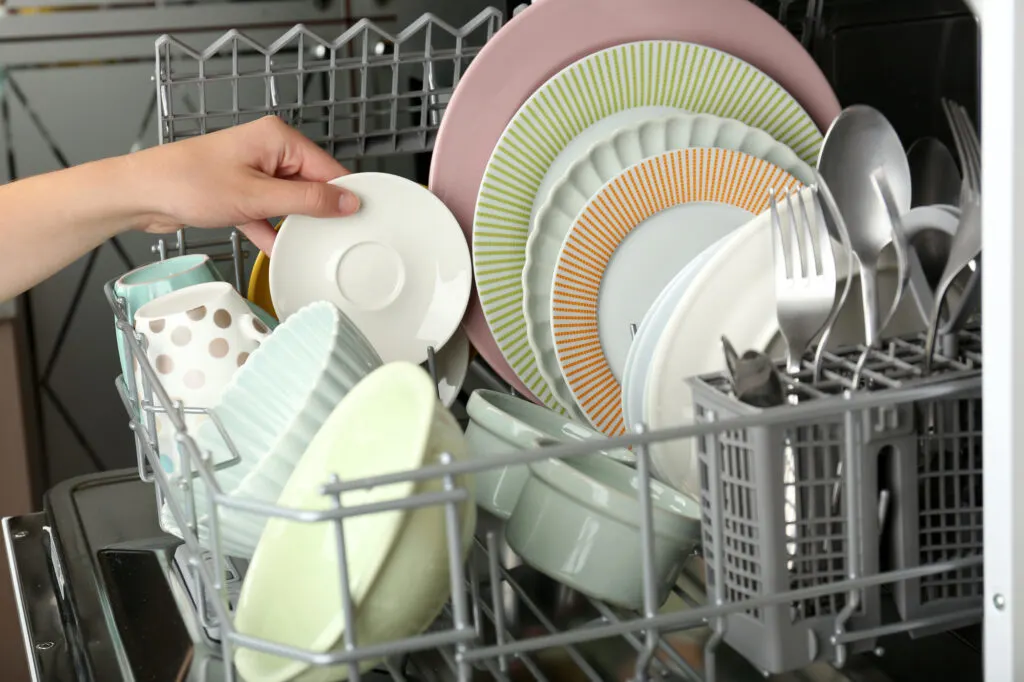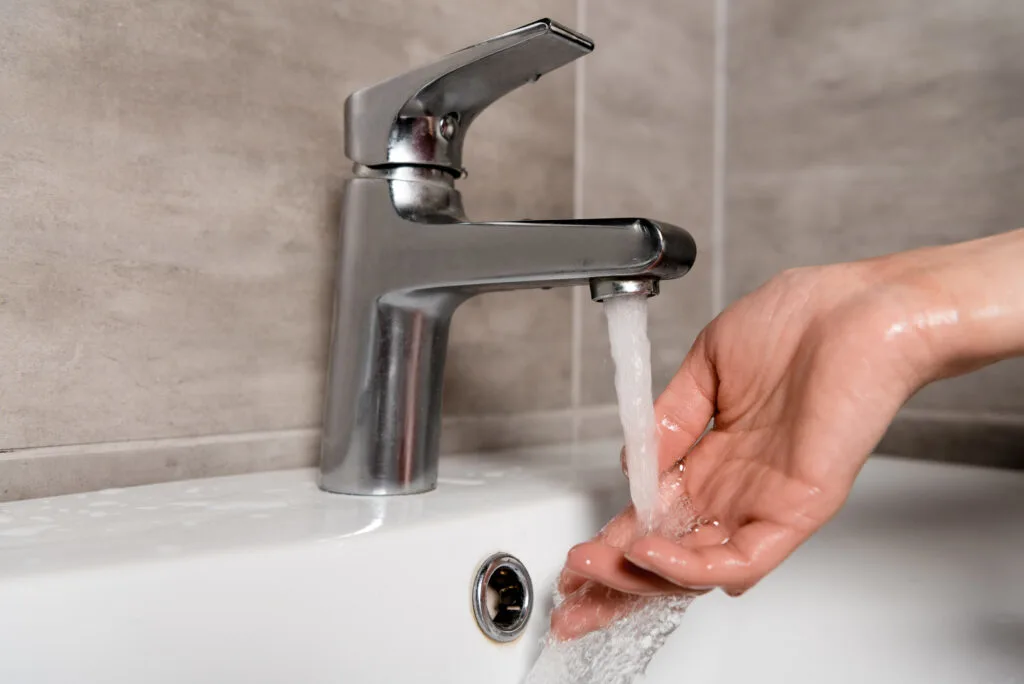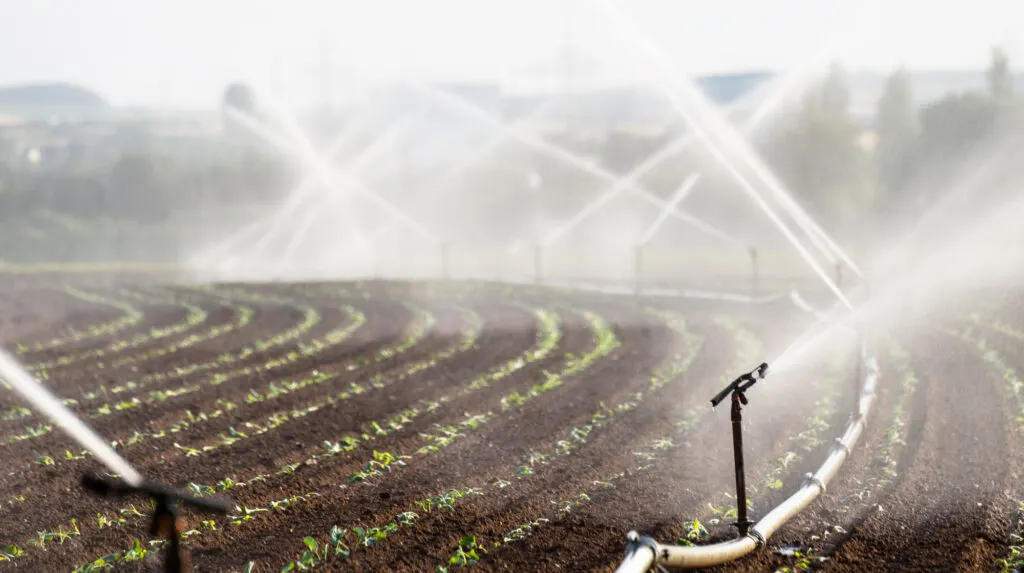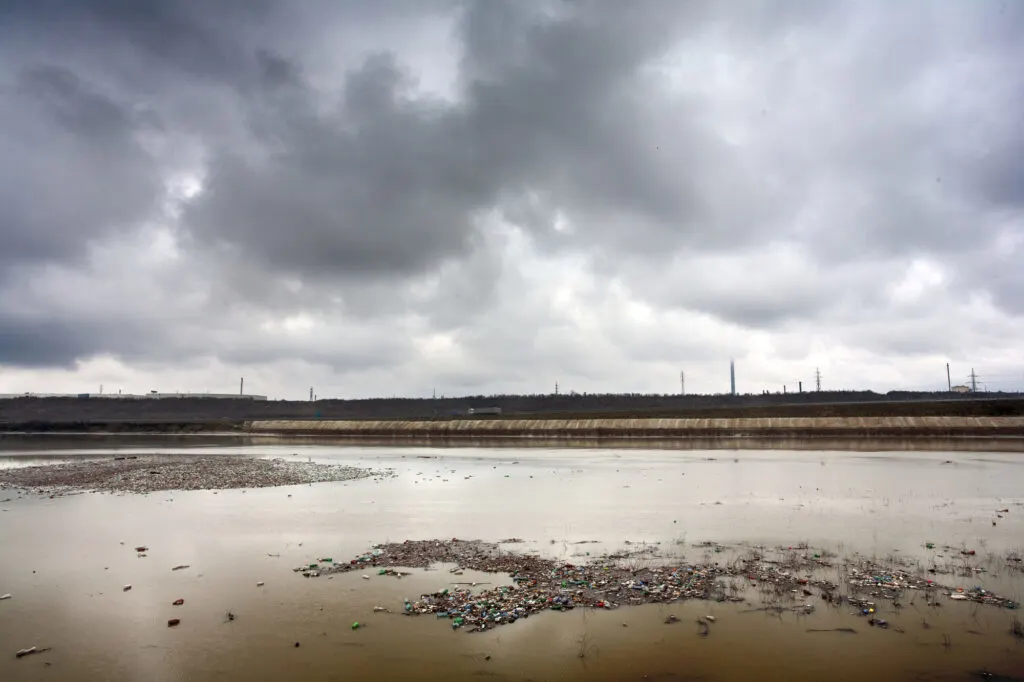It’s easy to take water for granted when you feel like there is an endless supply. However, with very little of the water in the world safe to drink, it’s important that we implement changes to ensure that we are not being wasteful with the water we have left.
The reality is that although over 70% of the earth is covered in water, only 2% of this is fresh and 1.6% of that is locked in glaciers and polar ice caps, leaving almost 8 billion people just 0.4% of the world’s water to survive on.
In fact, the World Bank predicts that by 2025, two-thirds of the planet will run short of water, and the U.N. states that by 2030 around 700 million people could be displaced from their homes due to scarcity of water.
With these statistics in mind, it has become more apparent than ever that we have to be honest with ourselves and look at the way we both consume, and waste water as individuals.

The average American uses 2,000 gallons of water per day compared to the modest 5 gallons used by a whole family in Africa. That person also doesn’t have direct access to water, having to walk up to 10 miles a day to obtain it. It seems that the more we are blessed with this natural resource at our fingertips, the more we waste it.
So how do we curb water wastage in our daily lives? Let’s take a look!
Here are the top facts that you should know about when it comes to water wastage:
We have compiled 30 facts about wasting water to help us all make better choices each day to preserve this precious commodity on our planet. Let’s find out how much water we waste below.
How much water does an average American household consume?
- The average American uses 2,000 gallons of water per day, whereas the average African family uses only 5 gallons.
- One of the most astonishing water wastage facts is that every American can waste up to 30 gallons of water every day, and around 1.7 trillion gallons are wasted globally per year according to the U.S. Geological Survey.
Water & Household Appliances
- Appliances in the home also use a lot of water. Top loading washing machines use around 40 gallons per load. A great alternative is to use a front-loading washing machine which uses around half of that amount.
- Dishwashers may seem wasteful, but they are actually more efficient than hand-washing dishes. An extremely efficient dishwasher will use around 4 gallons of water per eco cycle whereas hand washing dishes can use up to 27 gallons.

How much water is wasted in the garden?
- It’s astounding how much water we waste in the garden utilizing hoses and sprinklers. Just one hour of use is around the equivalent of the same amount of water a family of four would use in an entire day!
- According to National Geographic’s Water Conservation Tips, approximately 60% of each household’s water each year is used for garden and lawn maintenance.
- If you are fortunate enough to have a swimming pool, you may be interested to learn that it takes around 22,000 gallons of water to fill the average swimming pool and hundreds of these gallons are lost due to evaporation every month.
How much water is lost daily to household leaks?
- One of the key water wastage facts is that 10 gallons of water are lost due to the leaks in America every day. In fact, dripping faucets can add up to 928 gallons of water wasted daily if they are not fixed as soon as possible.
Wasting water in the bathroom
- If you are prone to leaving the water running while you brush your teeth, then you’ll waste around 5 gallons of water each time.
- Did you know that 27% of a household’s water is used exclusively for showering and bathing? This makes it the second-largest indoor use of domestic water usage. Installing low-flow showerheads is a great way to reduce water usage as they can save a huge 15 gallons of water during a 10-minute shower. This is less than half of the amount that an average showerhead uses.
- One of the most surprising waste water facts is that a whopping 3.5 gallons of water is used every time you flush your toilet. This results in 6.8 billion gallons of water being flushed away each day in America.

Does washing a car waste water?
- Yes! It takes 38 gallons of water to wash one single car, and globally, based on statistics, this equates to a massive 304 million gallons of water wasted at car washes every day.
- Using your car less can help save more water as it takes around 13 gallons of water to produce a gallon of gasoline.
How much water is processed for domestic use?
- Water suppliers in the US process 38 billion gallons of water every day and American people drink up to 110 million gallons each day.
- The average household in the USA consumes up to 127,000 gallons of water every year.
- Water usage is increasing by around 1% each year at present, and it is expected to continue at the same rate until around 2050, causing water scarcity in some regions of the world.
How much water does it take to produce and grow food?
- If you’re a carnivore, you may be interested to know that It takes around 90 gallons of water to produce one serving of poultry.
- A huge 3.3 acre feet of water is needed to grow enough food for the average household every year. To put this into perspective, this is the equivalent of 3 full-size football pitches.
- It takes around 1,847 gallons of water to produce just one pound of beef and 718 gallons for the same amount of pork. Every time food is thrown away, water is wasted. By consuming less, and only purchasing what you need, you’ll be doing your bit to help preserve water resources.
- Meat-based food production requires more water than vegetarian and plant-based diet food production.
- Around 55 gallons of water are used to make one single cup of coffee. The majority is contributed to the amount of water used to grow the coffee beans.
- Food production involves a lot of water wastage with a single tomato using 13 gallons of water and eight ounces of broccoli using 19.5 gallons of water. To cut down on your personal usage, only buy food you know you will definitely consume.
- It takes much more water to produce cow’s milk than it does plant-based milk such as almond or soy.
- Around 6,800 gallons of water is required to grow just one day’s food for a family of four in the USA.

Water consumption during travel
- More than 9,000 gallons of water are used on a single flight from Los Angeles to San Francisco, so imagine how much is used on a longer flight? Try to travel via alternative modes of transport if the trip is domestic.
- You can reduce water consumption when staying in hotels if you opt to reuse your towels for longer than a day to two, as the hotel saves on water used to launder them.
Don’t dump used water
- Lots of water is wasted after it’s boiled or used to cook food, but you can reuse it to water plants and the garden. It’s full of nutrients, and better to save the water and put it to good use rather than pouring it down the drain.
Consume less
- From fast fashion to fast food outlets, they all use water on a daily basis, and the more we consume for convenience, the more water is wasted on the planet.
Educate young people about water wastage
- The continuation of fresh water being available on the planet in years to come is really down to education at a young age. Schools don’t tend to place environmental issues high on their curriculum but educating kids about the importance of conserving water will ensure that future generations are more conscious about preserving this precious resource.
Industrial water waste & pollution
Industrial water waste is a major issue as to why the world is running short of water resources. Many companies ranging from oil and gas, chemical manufacturing and mining, to technology, and food and beverages use huge amounts of water in their production processes. Laws state that any metals or chemicals found in the waste water must be removed and water treated before it can be reintroduced into bodies of water.
However, this isn’t always the case as some companies continue to dump toxic chemicals into rivers, lakes, and the soil which contaminates the water. This means people have to find alternative sources for drinking, cooking, and washing, including buying bottles of water, which means more plastic (which takes water to produce) and more consumption. This is happening all around the world and greatly reducing the quantity of fresh drinking water available for all.

Why do we need to worry about water wastage?
You may be reading this thinking, why do I need to worry about water wastage? I don’t use that much. Well, you might be surprised. If only 0.4% of fresh water will be available in the world in the future, we need to look at how is water wasted to gain an idea of how we can curb our own consumption today.
For example, if you buy lots of fast fashion brand clothes, water is used for producing these garments. The more we buy and discard, the more water is wasted.
Water produces food and products, the more we consume, the more has to be grown and more water is wasted. We wash our cars with it, and use it in our dishwashers, for laundry and daily showers.
The more we consume, the less water remains, and the more harmful toxins and chemicals we add to the water through products like detergent, shampoos, bleach etc., the harder it is to treat and replace so that it’s safe for humans and animals to drink and for food to grow.
In many areas in the U.S. it’s already difficult to find fresh water that is fit for consumption, and people are having to find alternative sources such as purchasing bottles of water. This only adds to the problem, as it takes water to produce plastic and it also pollutes the oceans and rivers as it doesn’t break down properly.
However, it may surprise you to learn that the biggest waste of water comes from average households forgetting to turn taps off or using excessive water when bathing or showering, therefore being mindful of our usage in the bathroom is also a good idea.
When we consider all of the above, it becomes even more apparent that we need to take measurable, actionable steps to ensure that we conserve as much water as we can and be mindful of how much we waste during our daily lives.
The water wasting facts above barely scratch the surface of the global issues we face when it comes to how much water is wasted. However, by implementing small, simple changes in our own lives, we can make a significant difference for future generations.
By being mindful of consumption, only purchasing and using what we need, and finding new and innovative ways to harvest, filter, and recycle water ourselves we can make a positive impact not just for ourselves but for the environment too.
